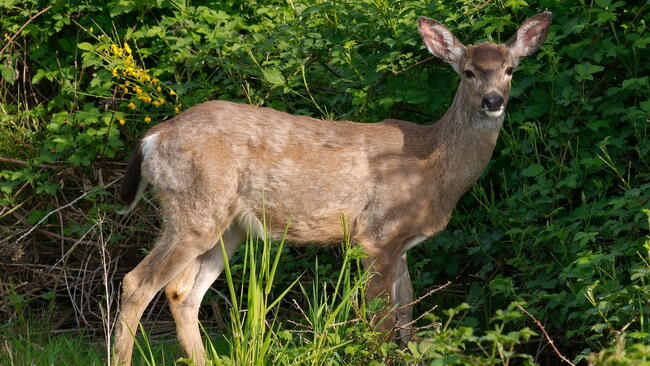
Astilbe plant with pink feathery plumes of flowers growing in the garden
How to Plant, Grow, and Care for Astilbe
ADVERTISEMENT
I planted a bare rooted plant several months ago in a pot. How should I winter it? I live in Greeley Colorado
Similar to the comment on May 7, 2020, I planted my Astibles from bare root last year and am not seeing any green growth yet. Might they lie dormant the first year? Should I keep waiting another year before planting something else?
As soil warms in spring (such as around May, depending on your location), you should see sprouts appear within 1 to 3 weeks. Often, bare root plants may bloom the first year, but will be stronger, more established during the second year. If your plants are showing no signs of growth, it could be that they did not survive over winter—you might, however, wait a month or so just to be sure.
Here are a few problems that can happen during planting:
1) Cold/frost injury: It’s usually recommended that you plant bare root astilbes in spring. In very warm zones, such as Texas or California, the vendor may recommend planting in January/February; middle zones, around March and April; and northern zones, around April or May. This is so that the roots will not be injured by winter cold/spring frosts before the plant becomes established. Fall planting can also be done, with care to protect the crown. Be sure to plant crowns about 1 or 2 inches below the surface.
2) Drying out: Astilbes do not like to dry out. That’s why planting in summer is not recommended. When receiving bare root plants, try to plant them immediately or keep the roots moist. Ideally, a moist, well-drained spot in part to full shade is best. In especially warm climates, deeper shade is recommended, or you’ll need to pay close attention to keeping the soil moist (but not waterlogged).
Hope this helps!
I have had other Astilbe at previous residences, but don't remember their growth habit. These plans were planted from bare root last year, I am not seeing any growth yet, as of today, when do Astilbe typically emerge? It has been an unusually cool Spring, still in the 50's sometimes even cooler at night in New Hampshire. I hope I have not lost them.
I am looking for Astilbe that does not grow taller that 12 inches including the flower. Does this size actually exist in the Astilbe? If so, what is the name? Thank you for your help. Lela









Comments